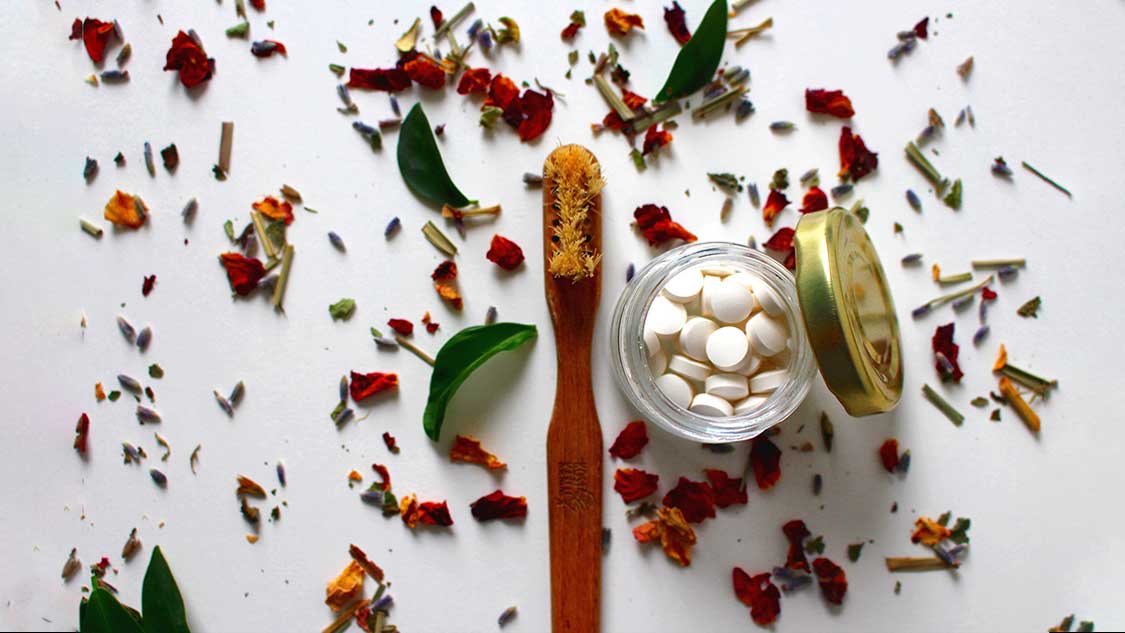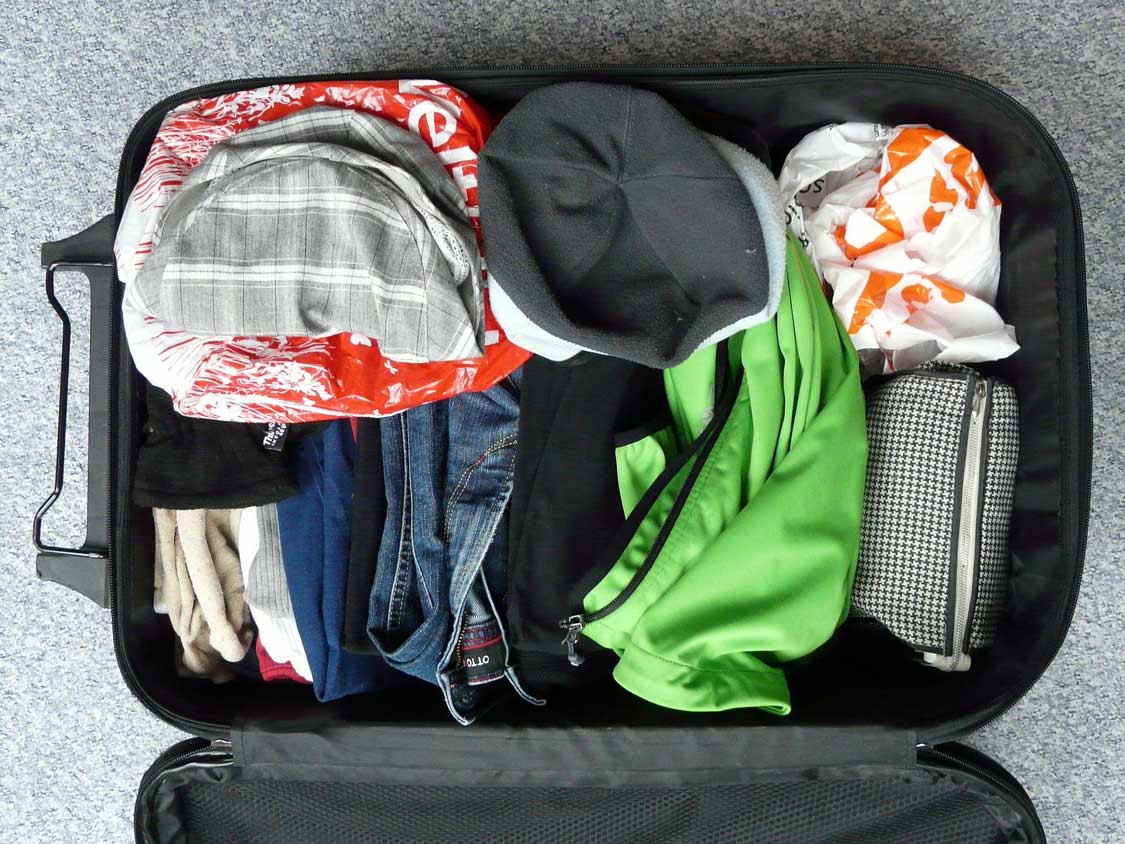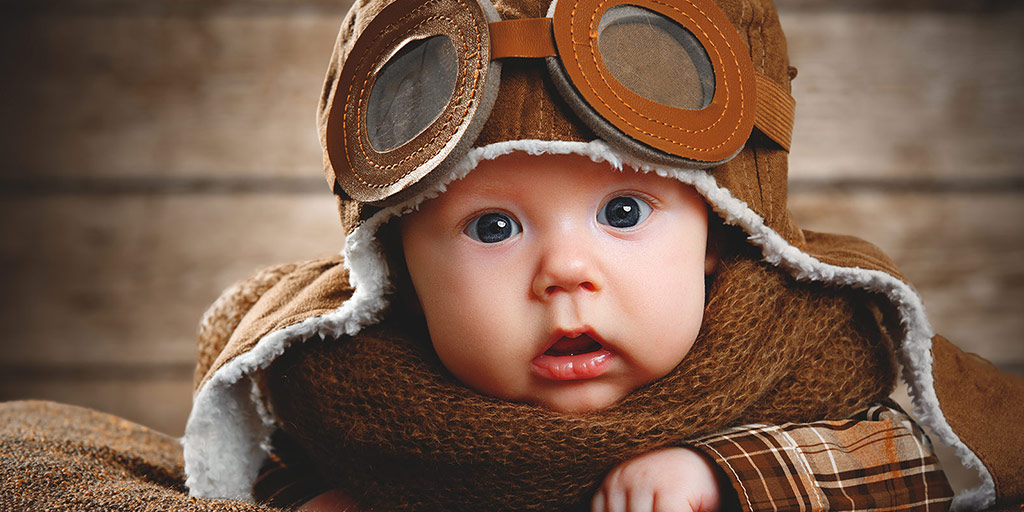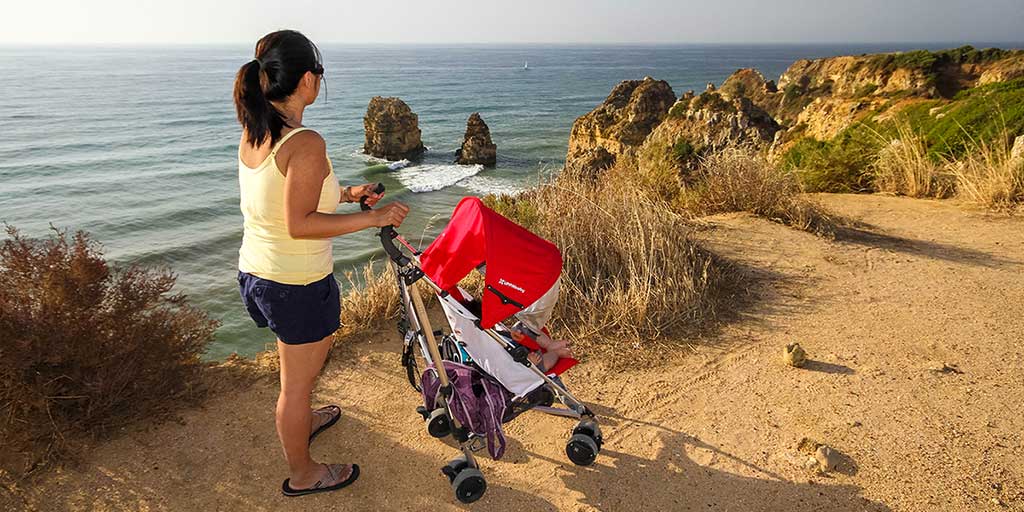Toothpaste has specific restrictions for air travel. Here’s what you need to know about “can you bring toothpaste on a plane?”

Can you bring toothpaste on a plane?
This question comes up very often in my travel support group and even in comments and questions presented to me right here on my family travel blog. Whether I’m receiving questions about packing toothpaste, dental floss, razors, tweezers, or other essential travel hygiene products, I always do my research. Because as any seasoned traveler knows, no two airlines, nor two countries seem to have the same rules.
In this post, I’ll help you find the answer to the most common questions about if you can pack toothpaste on an airplane along with other key questions about similar products so that you can get through security and customs safely and efficiently.
Can You Bring Toothpaste on a Plane?
Table of Contents
As a general rule, yes, you can bring toothpaste on a plane. However, there are rules surrounding how much toothpaste you can bring in your carry-on luggage.
The reason for these limitations surrounding toothpaste in carry-on luggage is because toothpaste is considered a gel. Most international airlines, including those in North America, Europe, Australia, and South America have rules surrounding the amount of liquid and gel that any single traveler can carry with them inside the passenger area of an airplane.
Toothpaste does not to be in its original packaging, nor does need to be labeled. And all brands of toothpaste are allowed on an airplane in the correct amount. However, if you are placing your toothpaste in your check-in bag, there is no limit to the amount of toothpaste that you are allowed to check-in.
How Much Toothpaste Can You Bring On A Plane?
Most international airlines, including those transiting through, departing from, or entering North America limit the amount of toothpaste allowed in hand luggage to 3.4 oz (100 ml). This is the standard for international travel, so as a rule, when traveling, it is always best to stay within these numbers for any liquids (with the exception of milk and formula for babies) when going through security.
If you need more toothpaste and you are only traveling with hand luggage, you have the option (if there are stores within the secure area of the airport that you are visiting) to purchase toothpaste at the airport. This is because any products (such as duty-free liquor) that are purchased once you are past security are considered “secure” by airline regulations. The only exception to this rule is prescription toothpaste. Which I’ll answer further in this article.
Small, travel toothpaste can be found and many pharmacies and department stores. You can also order travel-sized toothpaste from Amazon here. These 1 oz toothpaste tubes typically last for between 9-10 brushing. In our experience, as a family of four, we’ve found that these small tubes last about half a week.
How to Pack Toothpaste in Your Hand Luggage

When you’re packing toothpaste in your carry-on baggage it’s important to follow the guidelines set out by the airline authorities. These same rules, commonly known as the 3-1-1 rules apply to any liquid, gel, or cream products that will pass through airport security.
The 3-1-1 rule states that all liquids, gels, and creams must be stored in 3.4 oz (100 ml), or smaller, containers. These containers should be placed, together, in a one-quart (1 liter) transparent zip-lock bag.
Each passenger is entitled to carry only one single one-quart (1 liter) toiletry bag with them through airport security. So, three ounces, one passenger, and one-quart bag equal 3-1-1.
Many airlines, especially those in the United States, require that this transparent toiletry bag is removed from your hand luggage while passing through security. Ensure that you store it in an accessible location so that when you reach the x-ray machine you’ll be able to easily pull it from your luggage (along with large electronics). Here it should be placed in a separate bin to pass through the machine.
Can You Pack Regular-Sized Toothpaste in Checked Baggage?
A big advantage that a checked suitcase has over carry-on luggage is that there are far fewer restrictions on what you can and cannot place within it. If you are traveling with checked luggage you may find it more convenient to pack regular-sized toothpaste in your checked baggage rather than packing several small tubes in your carry-on baggage.
Another advantage of packing toothpaste for plane travel in your checked baggage is that you don’t have to bother with the 3-1-1 rule or even pack it in a transparent bag. You can simply pack your normal toiletry kit and continue on as normal.
Is There A Limit To How Much Toothpaste You Can Bring On A Plane?
The TSA (Transportation Security Administration) in the United States of America, and most major transportation administrations around the world do not have a limitation on the number of tubes of toothpaste that any single individual is allowed to bring on a plane. This is provided that the toothpaste is stored in checked luggage.
However, customs in many countries may become suspicious if they believe that you are traveling with products that you intend to sell within their country. If customs officers believe that you have a suspicious amount of toothpaste, you could be putting yourself in a position of increased scrutiny.
The amount of toothpaste you are allowed to bring through customs varies by country, so it would be best to contact them directly if you are traveling with more than a handful of toothpaste tubes.
Can You Bring Prescription Toothpaste On A Plane?
The one alternative to the 3-1-1 rule when deciding if you can bring toothpaste on a plane is prescription toothpaste.
Prescription medicine, regardless of container size, can be taken in almost any reasonable amount within your carry-on luggage. The caveat to this is that you must have a valid doctor’s prescription with you when you travel.
Along with not having to worry about container size, prescription toothpaste does not need to be stored in the clear bag along with your other toiletries in a transparent quart-sized bag. If your prescription medical toothpaste is sensitive to x-rays, you can also request a manual inspection rather than an x-ray inspection.
Can You Pack Toothpaste Tablets In Your Carry-On Luggage?
Many eco-conscious travelers are moving towards charcoal and toothpaste tablets as an alternative to gel-based toothpaste. These products perform the same function as regular toothpaste, however you chew it up to create the identical foam.
Because toothpaste tablets and charcoal toothpaste are in the solid form they do not fall under the 3-1-1 rule and you can carry as much as you would like. They also don’t need to be stored within your transparent, quart-sized toiletry bag.
These products are incredibly handy for frequent travelers, campers, and backpackers. They are typically packed in recyclable containers, take up less space than gel-based toothpaste, and are quite inexpensive.
Because of their appearance, I recommend packing toothpaste tablets in their original packaging to avoid any unwanted confusion as to their nature when traveling through customs and security. Anytime you are traveling with tablets in an unmarked container, you risk drawing suspicion.
Can You Pack Mouthwash In Your Carry-On or Checked Luggage?
Mouthwash is another dental hygiene product that often gets put under scrutiny during air travel. If you are traveling with mouthwash on a plane, here’s what you need to know.
Mouthwash is considered a liquid, therefore it falls under the same TSA 3-1-1 rule as toothpaste. The mouthwash will need to be packed in a 3.4 oz or smaller container and be stored, along with other toiletries, in a one-quart (one-liter) transparent bag.
If you are traveling with mouthwash in your checked luggage, these rules do not apply. You are able to travel on a plan with mouthwash, in any quantity, if it is checked into the plane’s hold. If the mouthwash is checked in, it also does not need to be stored in a clear plastic bag.
If you have prescription mouthwash, these rules do not apply so long as you have your valid prescription with you and it is accessible to you when you travel.
Can You Bring Dental Floss and Floss Picks on a Plane?
Both dental floss and floss picks can be carried inside both hand luggage and checked luggage. These two dental hygiene products are not categorized as toiletries as they are not liquids, gels, or creams.
You May Also Like To Read:





